Craig Dykers (NA 2017) shares his current sources of inspiration.
LIVING ARCHITECTS AND DESIGNERS
Wang Shu
Ningbo History Museum, Ningbo, China
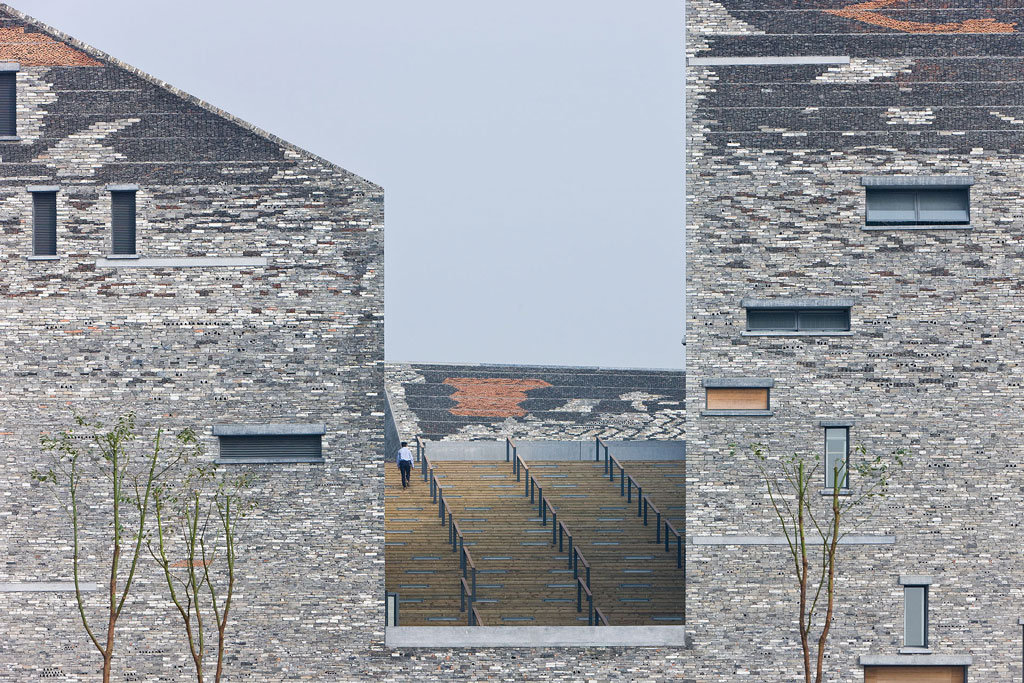
Wang Shu has shown us that whether architecture is new or old, it is always about layers of time. The materials of his work—such as the remains of villages used to create the Ningbo History Museum—are the components of history artfully reconsidered as a description of the future. It is all refreshing, honest, and unique. A great inspiration.
Maya Lin (ANA 1991; NA 1994)
Vietnam Veterans Memorial, Washington, DC

My father served in a U.S. Army hospital in the Vietnam War, and I can still remember the fear I had as a child that he and so many others could or would die at war. And yet this personal feeling is not the only thing that moves me to tears when I visit the Vietnam Veterans Memorial in Washington, DC. It is also because Maya Lin’s design takes us into the earth and into our souls. It makes us feel the spirit of struggle and the lives of so many who were entwined in the calamity of that war. The design is a powerful reminder of grief, but also of hope and humanity. Lin herself is an inspiration; in her career she has managed to connect so many avenues of creative expression. She is successful as an artist, as well as an architect, and that is powerful.
Lacaton & Vassal
Transformation of 530 Dwellings – Cité du Grand Parc, Bordeaux, France

This architecture studio has perfected the art of reusing buildings, rather than tearing them down and building replacements. They have worked with many outmoded social housing projects in both urban and suburban areas and transformed them into simultaneously intimate and uplifting places for those who live in and near them. It is so important for us to learn from projects like these so that we are more careful to think about the consequences of demolishing buildings—we can’t just tear things down simply because we think they are ugly. In this case, the lively designs by Anne Lacaton and Jean-Philippe Vassal, with Fréderic Druot and Christophe Hutin architects, transformed previous structures with sunlight and fresh air, and engendered a new sense of pride for the residents, people who may have otherwise been neglected or displaced. The most environmentally-friendly act of building is not to build at all, so these projects are highly sustainable.
DECEASED ARCHITECTS AND DESIGNERS
Lina Bo Bardi
SESC Pompeia, São Paulo, Brasil
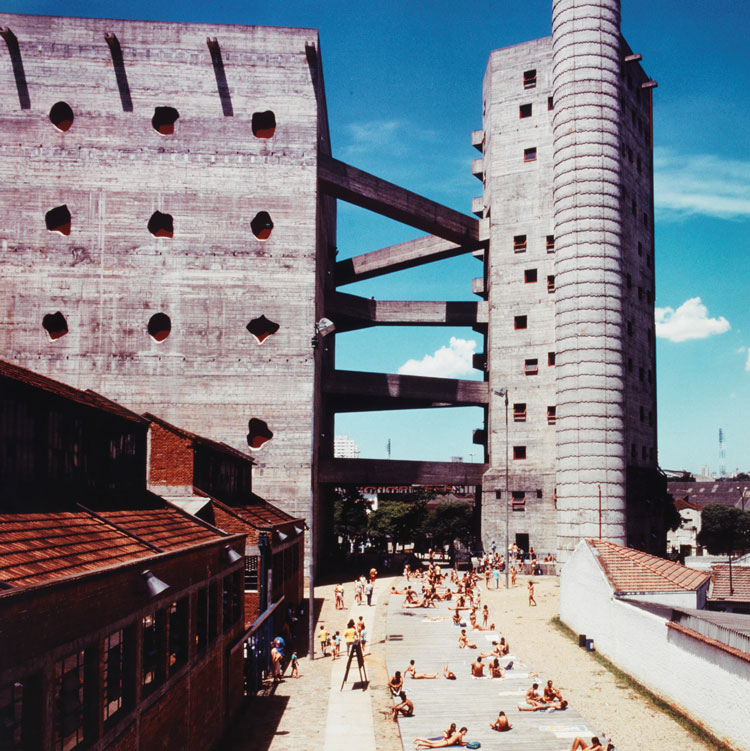
Bo Bardi’s work is as fresh today as it was so many decades ago when it first appeared. She was powerful and fearless yet maintained a playful and delightful character in her work. Her ability to weave the smallest scale, such as a doorframe, together with the larger scale of a building always intrigues me. She still inspires younger architects so many years after she left us.
Félix Candela
Bacardí Bottling Plants, Cuautitlan, México
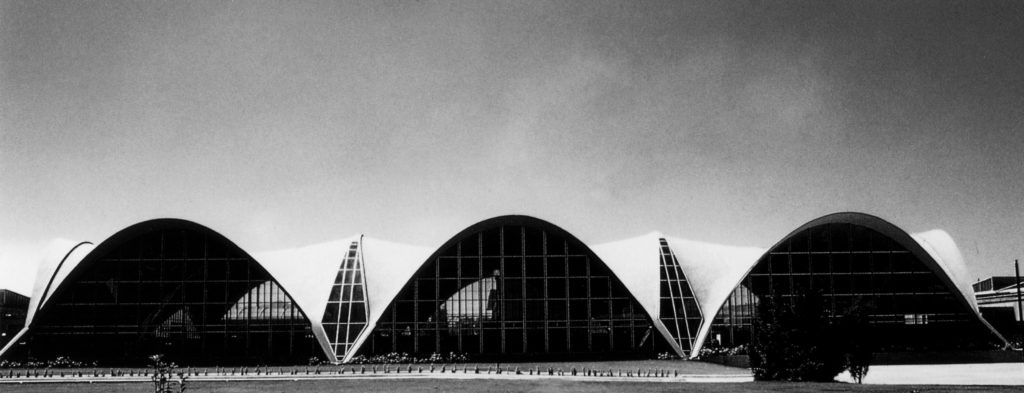
While his work fits into a larger lexicon of great modern structuralists, Félix Candela worked as a Renaissance figure, weaving together engineering, architecture, and art in such a way that each of his works seem inevitable and holistic. His buildings are not assemblages in the way we make buildings today, wrapping together hundreds of industrial products. Instead, his designs were carved out of the greatest monoliths of air and earth. Each seems to be fully-formed and effortless in how it escapes gravity.
ACTIVISM AND CULTURE
Ghetto Gastro
Jon Gray’s TED Talk: “The next big thing is coming to the Bronx, again”
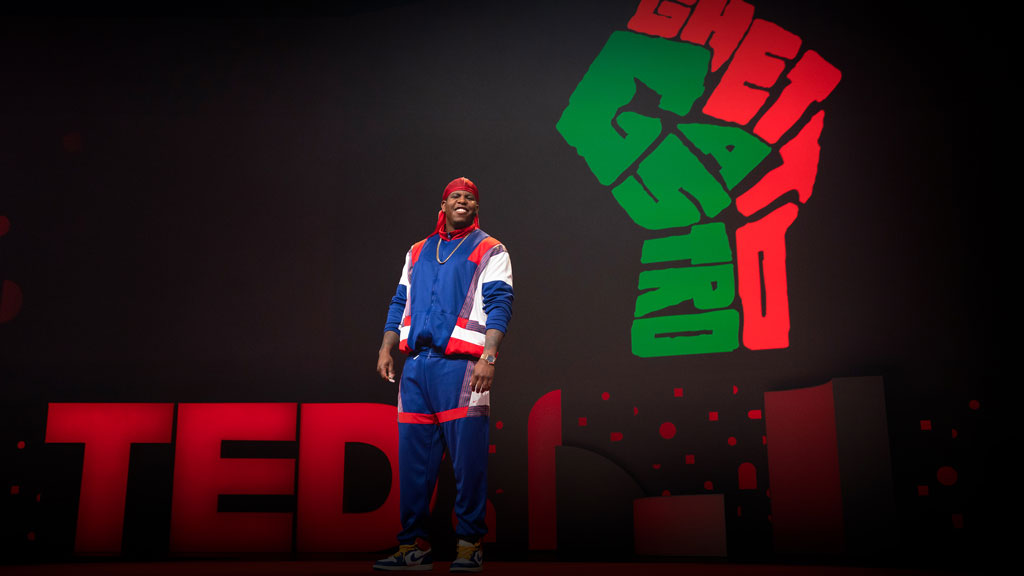
Ghetto Gastro is a unique gathering of talent that form a cooking collective from the Bronx, in the Bronx. They give the rest of us a powerful and uplifting taste of soul. They show us all that we can make our lives stronger by embracing our culture and committing to our communities. They bring their vibe alive and manage to keep it real and stay true to who they are. I am hopeful that this power from the Bronx will continue to open doors for others, like myself, to see design, food, and creativity in a new way.
PENCIL
Business Mentors for New York City Public School Students
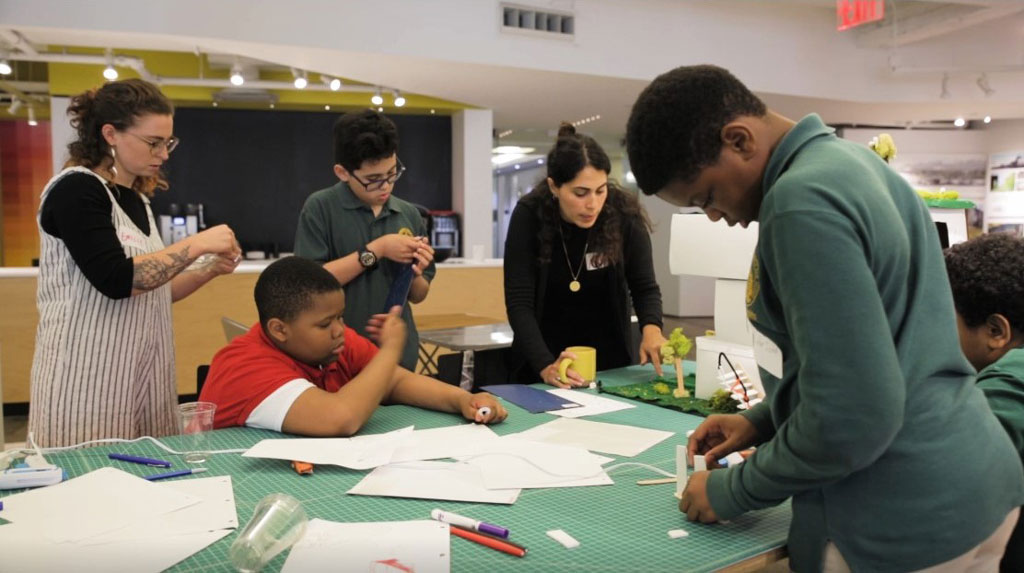
My firm, Snøhetta, has been a longstanding partner of PENCIL, a non-profit organization that connects middle and high school students in New York City public schools to business mentors. Our partnership with PENCIL brings young people directly into our studio. Through educational curricula that we’ve developed and summer internships for high school students, we’ve worked with over 80 students over the last eight years—many of whom may not have had exposure to architecture or design as a career otherwise—to grow their talents and develop different design projects. Building connections with young people in our community through educational initiatives like PENCIL is one of the ways we hope to tangibly and meaningfully bridge the gap between groups of people historically left out of our field.
UT Austin
Texas Advance Commitment: Free Tuition for Families with Incomes Below $65,000

Recently, the University of Texas at Austin expanded their financial aid commitment to better allow students without adequate finances, and particularly those who are the first in their families to go to college, to attend a world-class university. As an alumnus of UT myself, I know how impactful such a financial commitment can be. Access to knowledge and power for all is critical, and our institutions must step up to the charge of leveling the playing field for all. Engaging a wider audience in academia will surely provide a more robust future for us all.
LIVING ARTISTS AND WORKS
Prune Nourry
Terracotta Daughters, China
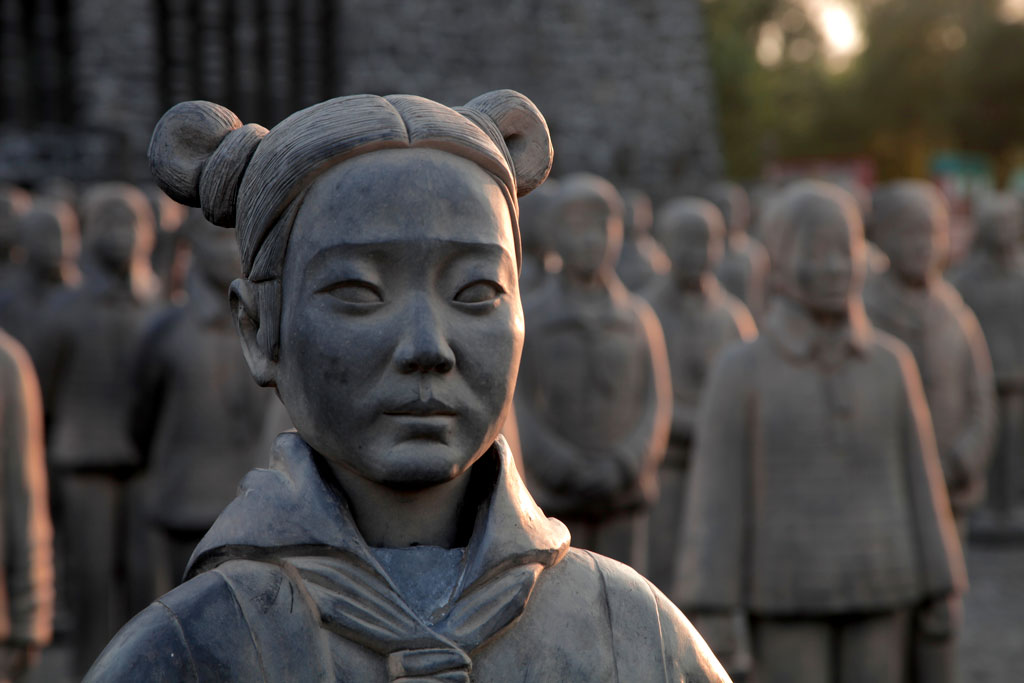
The artist Prune Nourry reshapes our idea of humanity both directly and through interpretations found in her work. Her Terracotta Daughters project draws the militaristic strength of the famous ancient Xi’an warriors and reinvests it into the figures of contemporary girls in China. This creates a present-day embodiment of strength—a strength that is transferred to all of us who view the work. With this body of art, we know more of the world and ourselves.
José Parlá
Far Rockaway Library façade, Queens, NY
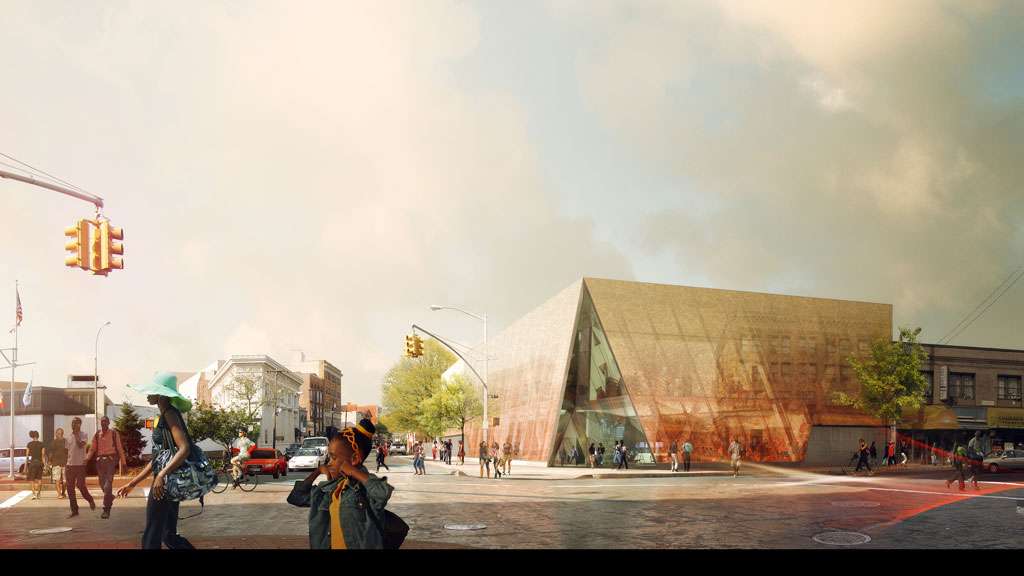
José Parlá is sometimes referred to as an abstract artist, but I have always found his work to be direct and real, without the filters I am accustomed to in abstracted art. Parlá gives us the power of the human body in movement. He also has shown me a newfound understanding of time and the layering of history in the walls we build around us. As an architect, this way of thinking is important: to understand a wall as a living entity, embedded in the lives of all who have touched it. There is a kind of infinity in this message that gives me strength. Parlá has worked with us at Snøhetta on several occasions—we had the chance to design his studio, and that was a treat. He is now working with us on the façade for the new Far Rockaway Library in New York.
JR
The Chronicles of San Francisco
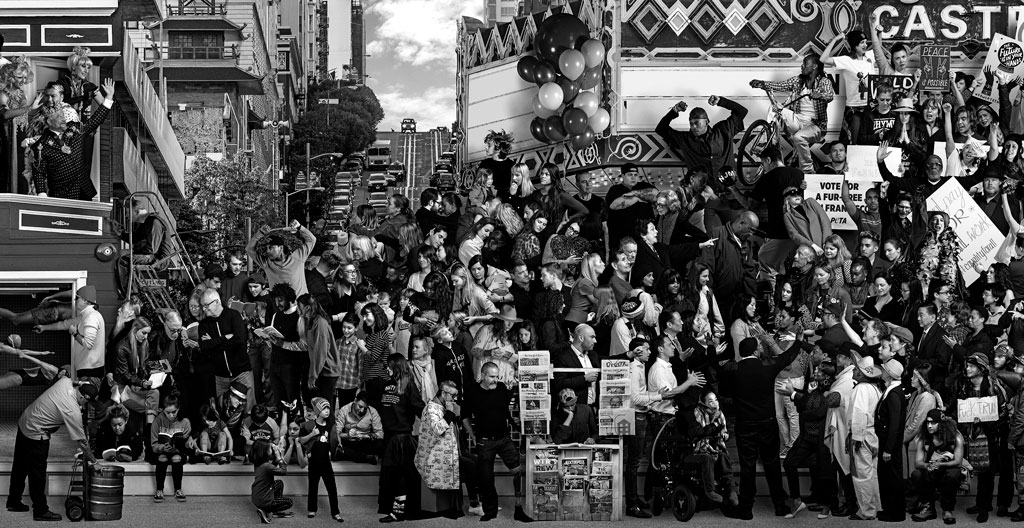
For JR, art is not separate from life, it is life. He pulls at the strings of our world view. He does not hesitate to expose hypocrisy, and at the same time he is an advocate for direct engagement with society. JR finds as much life in a dusty alleyway as he would at the most riotous party. He pulls the world up by its boots and kicks it into gear with more energy. Some people have the gift of helping the world keep spinning, and JR has that and more. His art opens our eyes—it is, in fact, our eyes.
Since 1989, Craig Dykers (NA 2017) has established offices in Norway, Egypt, England, and in the United States. His interest in design as a promoter of social and physical well-being is supported by ongoing observation and development of an innovative and sustainable design process. As one of the Founding Partners of Snøhetta, Craig has led many of the firm’s prominent projects internationally, including the Alexandria Library in Egypt; the Norwegian National Opera and Ballet in Oslo, Norway; the San Francisco Museum of Modern Art Expansion in California; the new pedestrian plazas in Times Square; and the Calgary Central Library in Canada.
